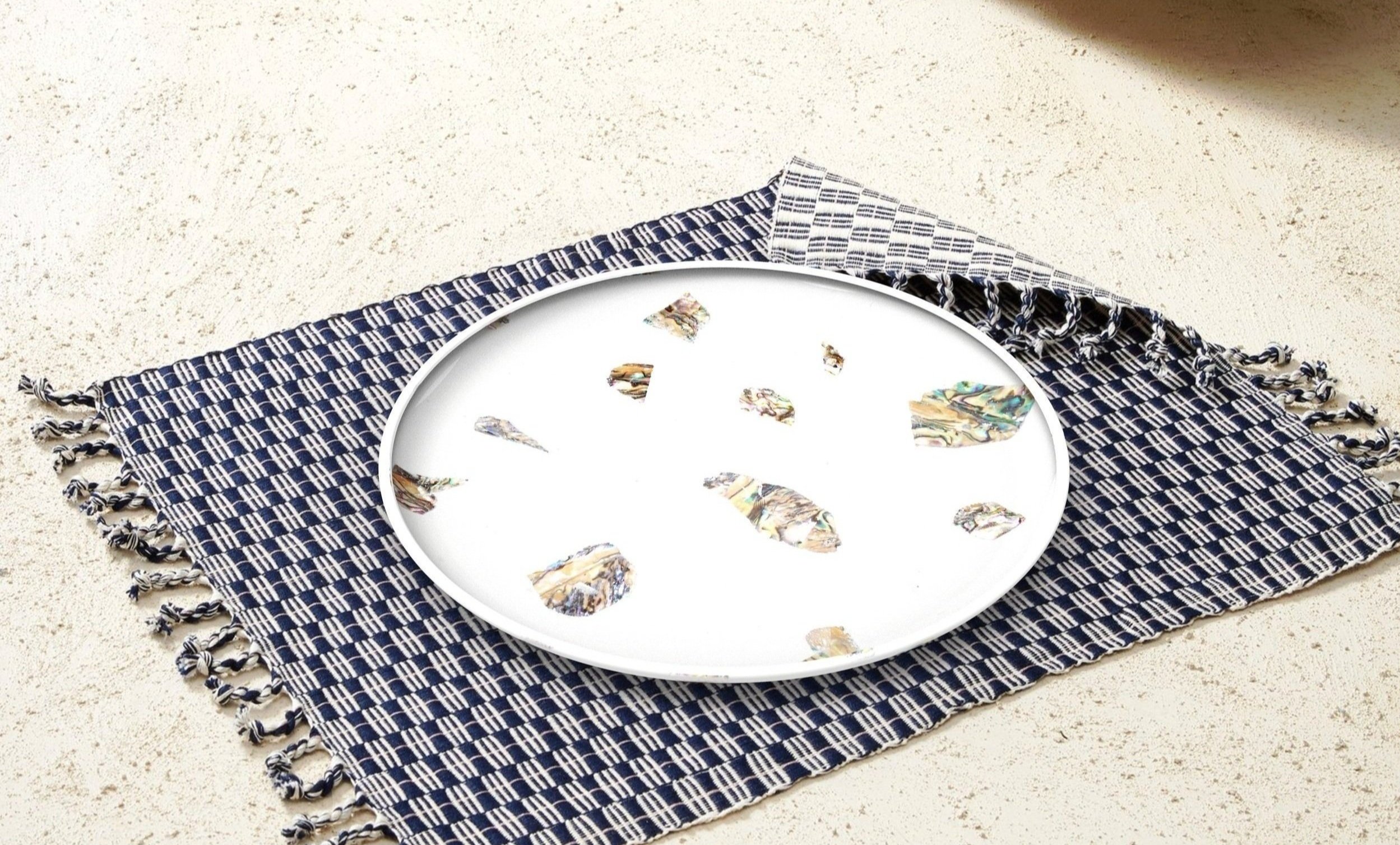
SEAMENT - SEASHELLS RECYCLING
2020 Spring, Product Design, Beijing, China
Duration: 5 Months
Personal Project
OVERVIEW
The output of shellfish in China’s aquatic product industry has been ranked first in the world, whose utilization efficiency, however, is low. The edible part of shellfish is only 20%, which means that 80% is waste. The material of shells is the same as rocks, which inspired me to extend seashells’ “lifetime“ in another way as a substitute for interior materials. Shells belong to Residual Waste, which is disposed of in the form of landfill or incineration, posing certain harm to the environment.
Now a form of reusing discarded shells is being explored. To find a new material that can be applied to household products, this form makes full use of the optical properties of shells, being able to provide a new direction for the recycling of shells.
SCENARIOS
01. PROBLEMS
For coastal cities in China, there are 1465.61×104t of shellfish production each year. The amount accounts for approximately 22% of the total aquatic product output. However, the edible part of shellfish is only 20%, which means that 80% is waste. The material of shells is the same as rocks, which inspired me to extend seashells’ “lifetime“ in another way as a substitute for interior materials.
05. SOLUTIONS
Humans’ instincts empower them to pursue natural texture and color. The natural environment has healing effects on them as well. Thus, utilizing the physical properties of seashells is an approach to blur the boundaries between nature and interior space to ease the pressure and anxiety of people, especially in big cities. In the meantime, different particle sizes of shells can be a component of cement mortar, and the luster can also serve as decorations.
06. STRENGTH TEST
08. NATURALISM INSPIRATION
Followed by the aesthetics of Naturalism, I delivered the final household products with the properties of symmetrical modeling, streamlined production, and adaptions to the interior.
09. HOME PRODUCT OUTPUT
Depending on the density of the mixture of cement and seashells, the final deliverables are positioned for the home products on a small to medium scale such as vases, low tables, candle holders, cement bricks, etc.
TOOLS
Rhino, KeyShot, Photoshop, Illustrator, InDesign
03. SHELL SPECIES COMPARISON
Mussels and abalone have bright colors without polishing as they are popular edible shellfish with lower prices and a large amount in the coastal cities in China.
02. ADVANTAGES OF SEASHELLS
04. ADHESIVE SELECTION
Initial experiments to find the best adhesive, and evaluate them from three aspects: material strength, roughness, and mass production possibilities. Based on the analysis, cement is a stable and suitable adhesive for mass production.
The price of seashells fluctuates greatly depending on the processing method and category. Shells with bright colors are common materials in coastal areas.
07. COLOR & TEXTURE
Experiments of various diameters, patterns, and tactility. Because the optical property of seashells is outstanding, the base color I finally chose is black and white, which can amplify its features.
In order to ensure the output of the household products, further experiments were carried out to test the strength of the materials.

















